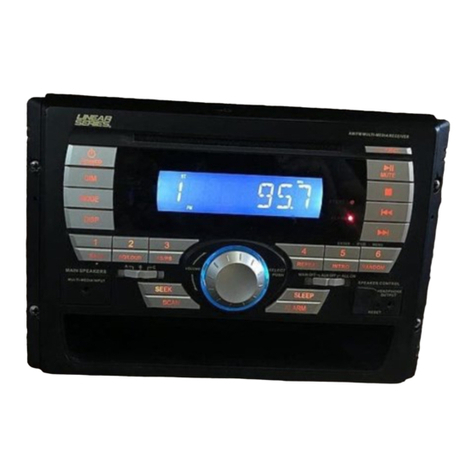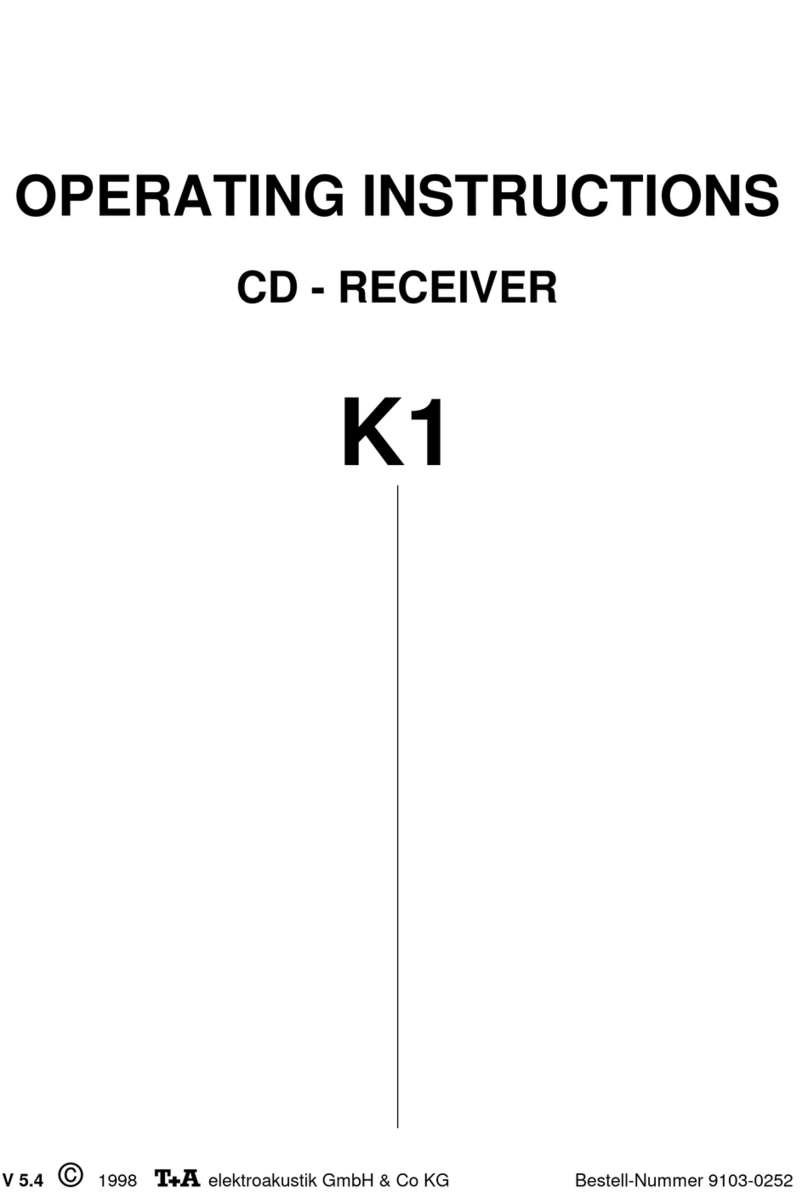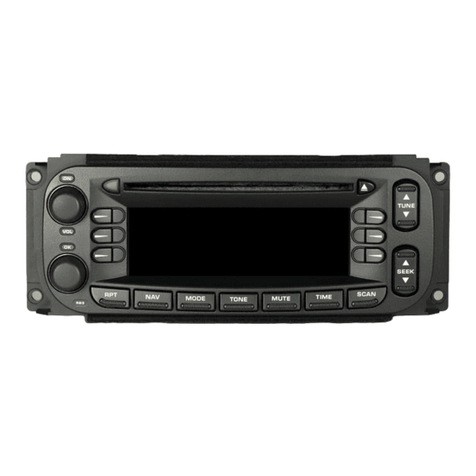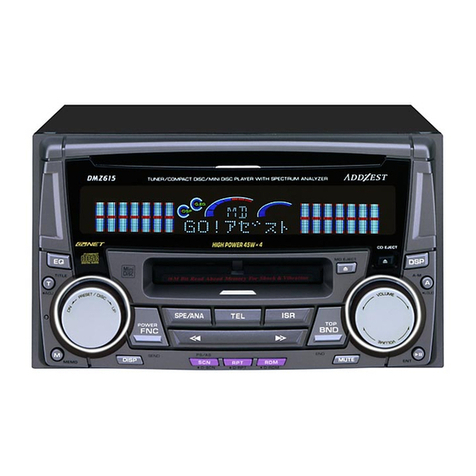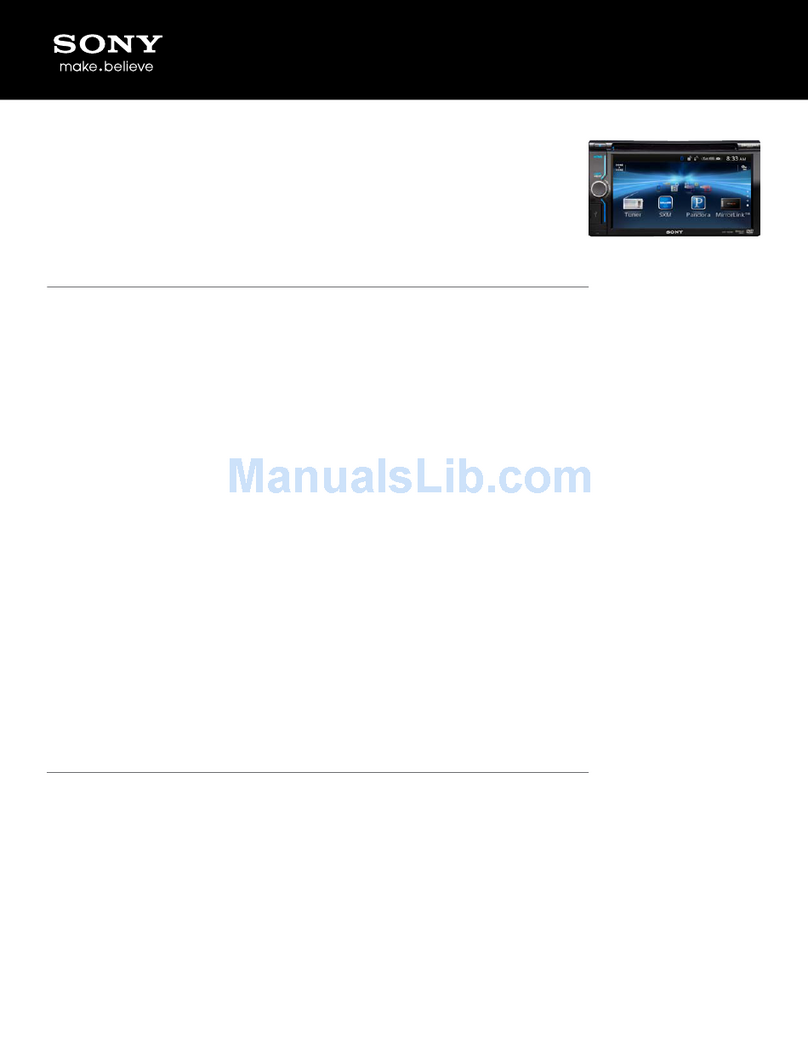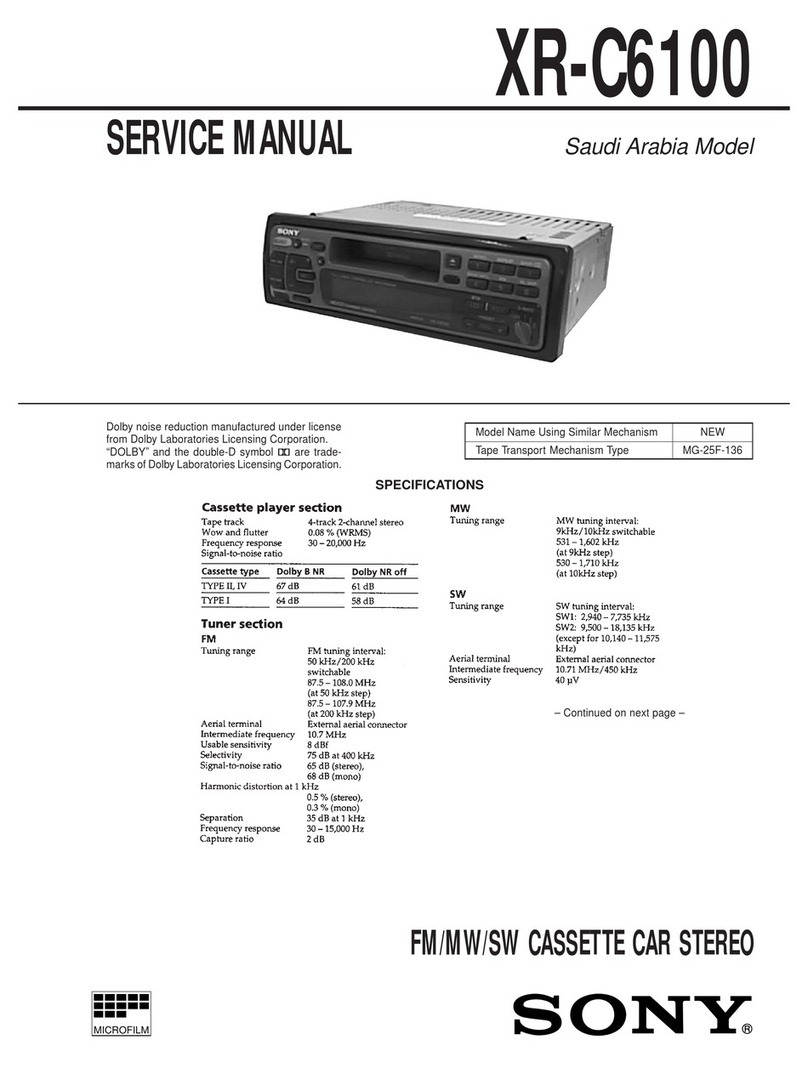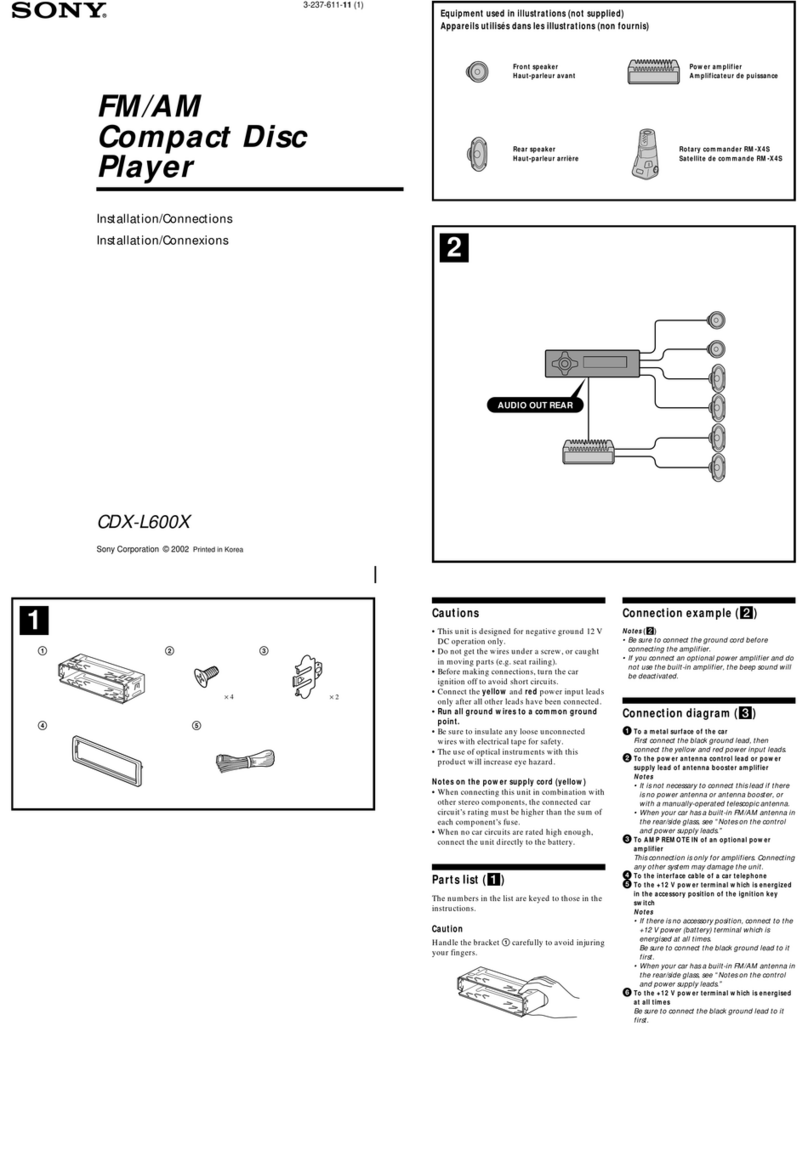Kenwood D40-1132-05 User manual
Other Kenwood Car Receiver manuals

Kenwood
Kenwood KRC-380 User manual

Kenwood
Kenwood KDC-W237AY User manual

Kenwood
Kenwood KRC-888 User manual

Kenwood
Kenwood KDC-138 User manual
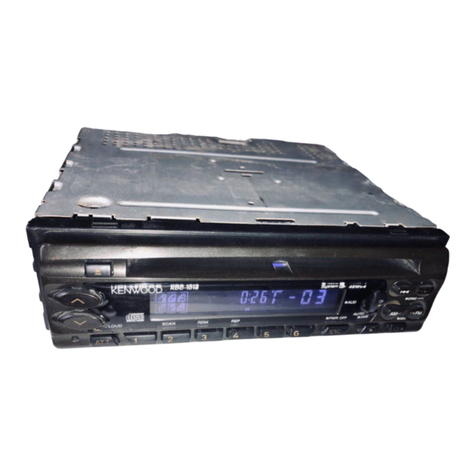
Kenwood
Kenwood KDC-1018 User manual
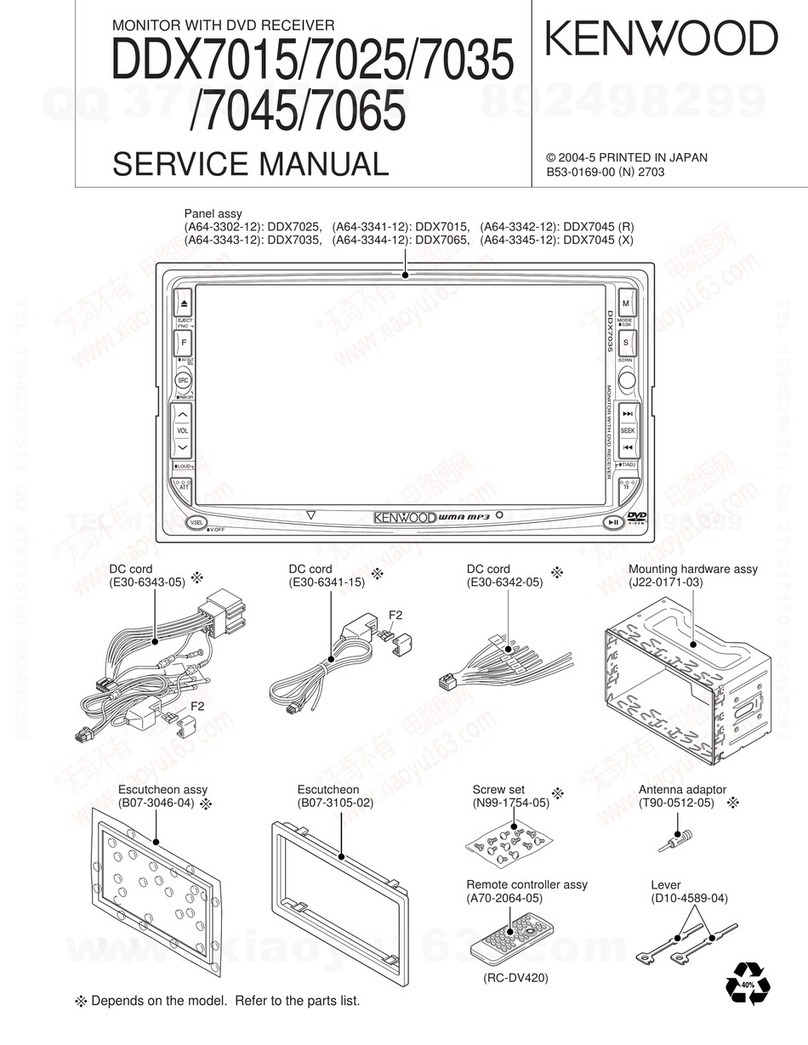
Kenwood
Kenwood DDX7015 - Excelon - DVD Player User manual
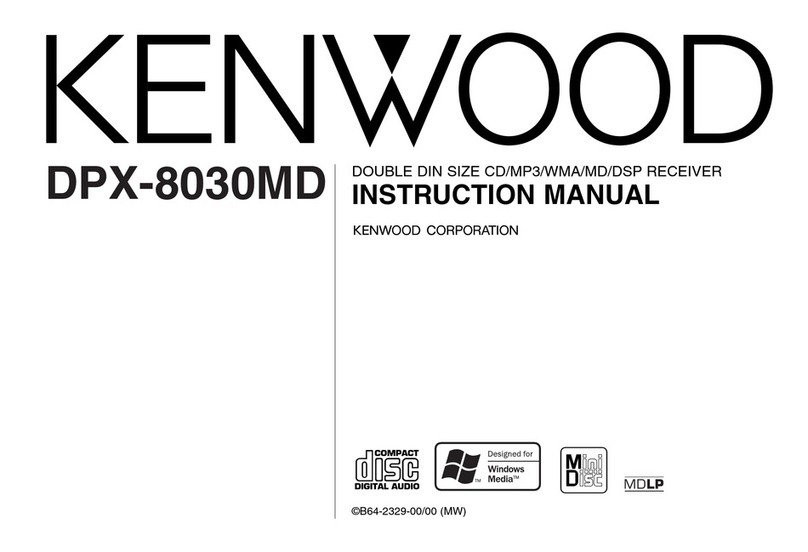
Kenwood
Kenwood DPX-8030MD User manual

Kenwood
Kenwood DDX6027Y User manual

Kenwood
Kenwood DDX374BT User manual
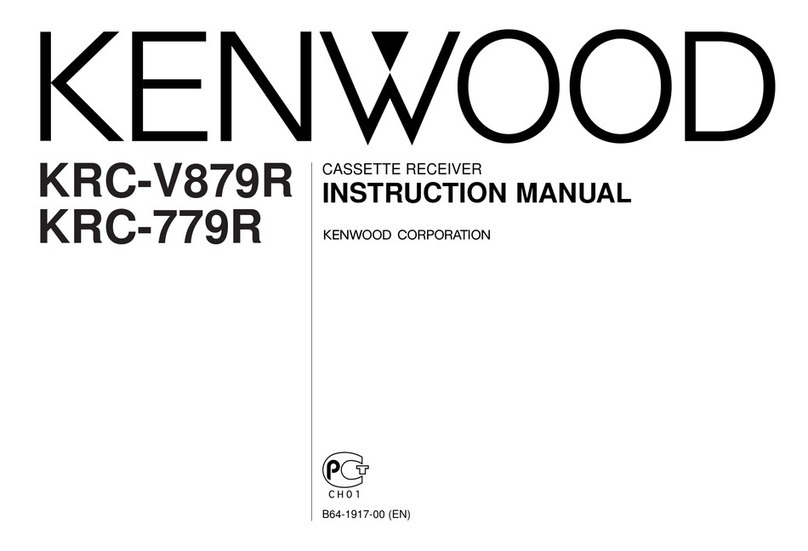
Kenwood
Kenwood KRC-V879R User manual
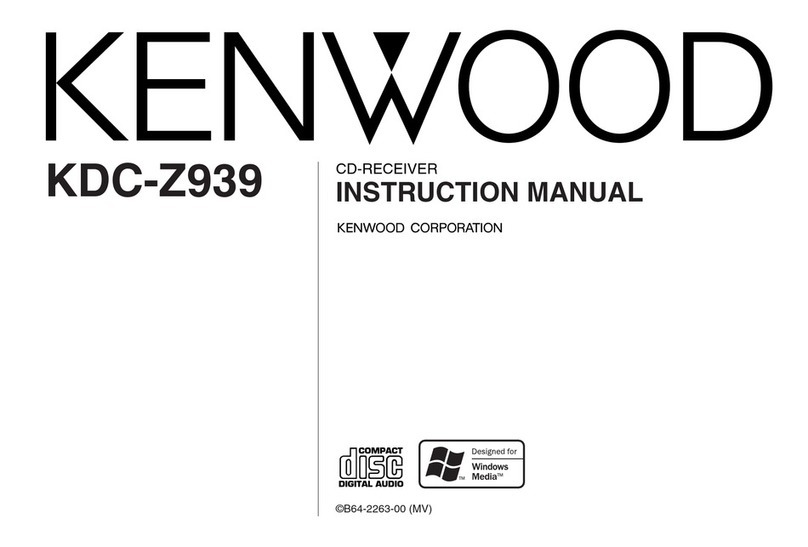
Kenwood
Kenwood kdc-z939 User manual
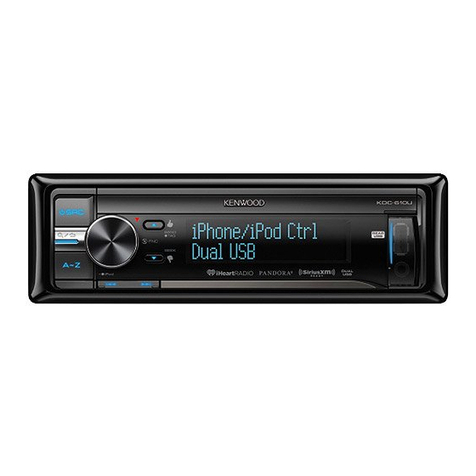
Kenwood
Kenwood KDC-610U User manual
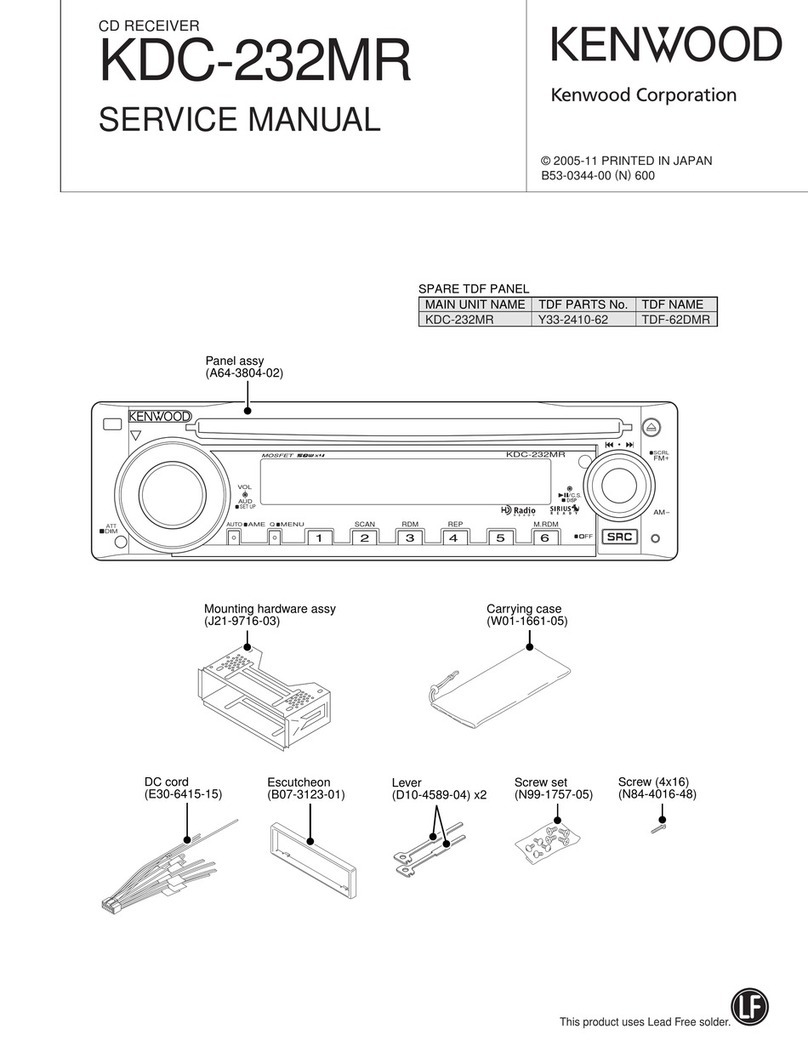
Kenwood
Kenwood KDC-232MR User manual
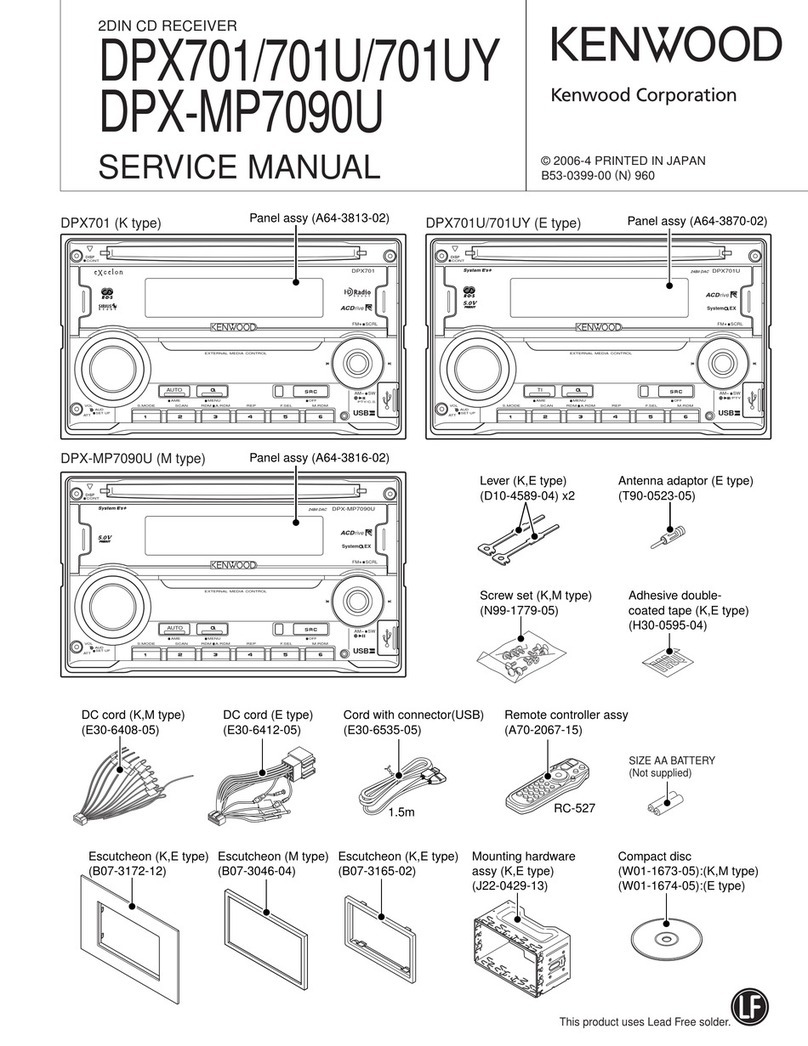
Kenwood
Kenwood DPX701 User manual
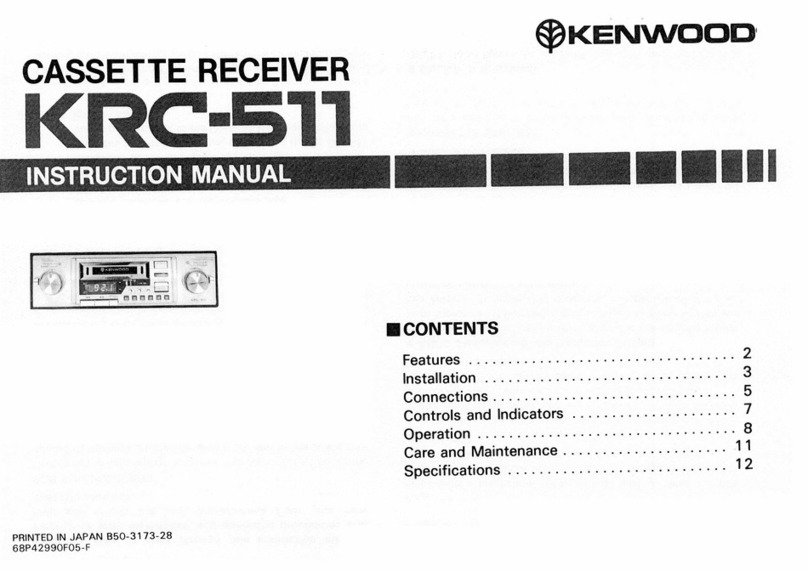
Kenwood
Kenwood KRC-511 User manual
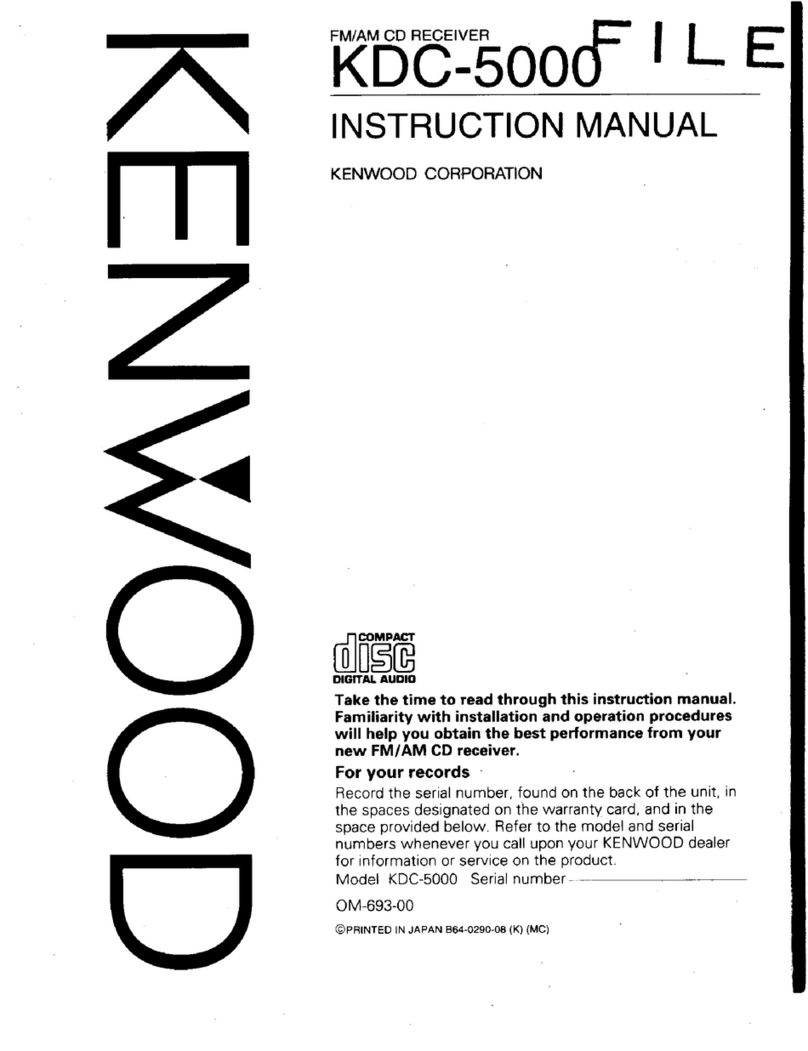
Kenwood
Kenwood KDC-5000 User manual

Kenwood
Kenwood KRC-594 User manual
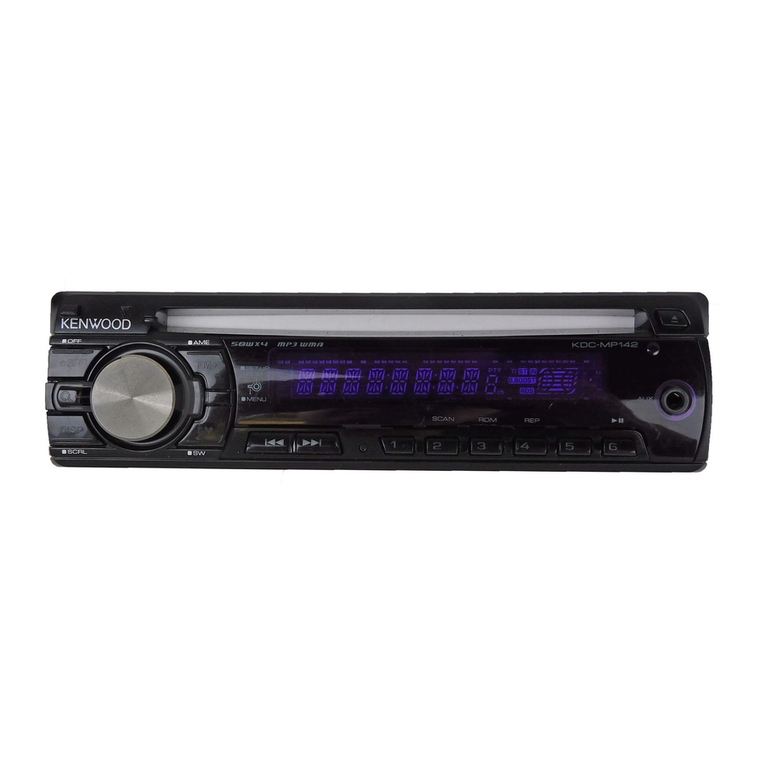
Kenwood
Kenwood KDC-MP142CR User manual
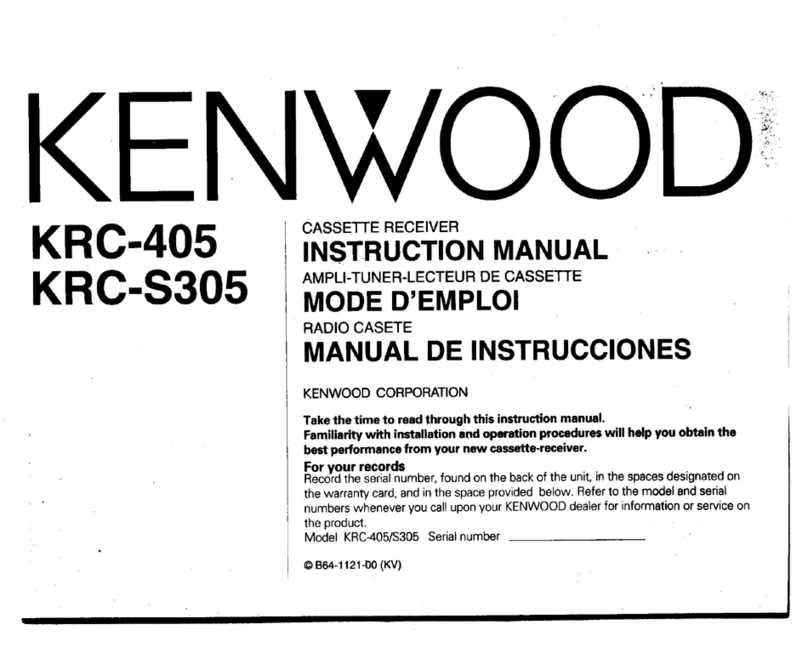
Kenwood
Kenwood KRC-405 User manual

Kenwood
Kenwood KDC-7027 User manual




